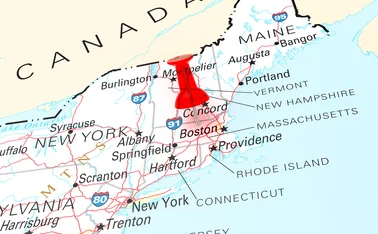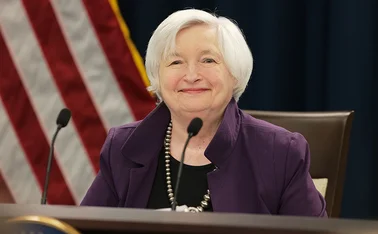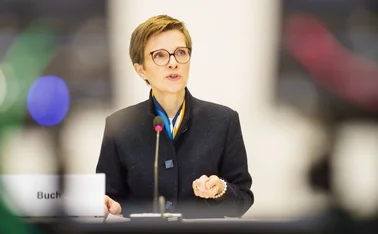
Centralised climate change teams crucial, central bankers say
As COP26 begins, central banks are focusing on improving governance of their climate actions

It is becoming increasingly important for central banks to create internal hubs to govern cross-cutting issues relating to climate change, central bankers say.
Green steering committees, climate change centres and climate hubs are becoming more common across central banks. Climate issues cut across traditional central bank functions, and the need for co-ordination is growing, panellists said at Central Banking’s autumn meetings on October 27.
The officials spoke as world leaders prepared to
Only users who have a paid subscription or are part of a corporate subscription are able to print or copy content.
To access these options, along with all other subscription benefits, please contact info@centralbanking.com or view our subscription options here: subscriptions.centralbanking.com/subscribe
You are currently unable to print this content. Please contact info@centralbanking.com to find out more.
You are currently unable to copy this content. Please contact info@centralbanking.com to find out more.
Copyright Infopro Digital Limited. All rights reserved.
As outlined in our terms and conditions, https://www.infopro-digital.com/terms-and-conditions/subscriptions/ (point 2.4), printing is limited to a single copy.
If you would like to purchase additional rights please email info@centralbanking.com test test test
Copyright Infopro Digital Limited. All rights reserved.
You may share this content using our article tools. As outlined in our terms and conditions, https://www.infopro-digital.com/terms-and-conditions/subscriptions/ (clause 2.4), an Authorised User may only make one copy of the materials for their own personal use. You must also comply with the restrictions in clause 2.5.
If you would like to purchase additional rights please email info@centralbanking.com test test test







